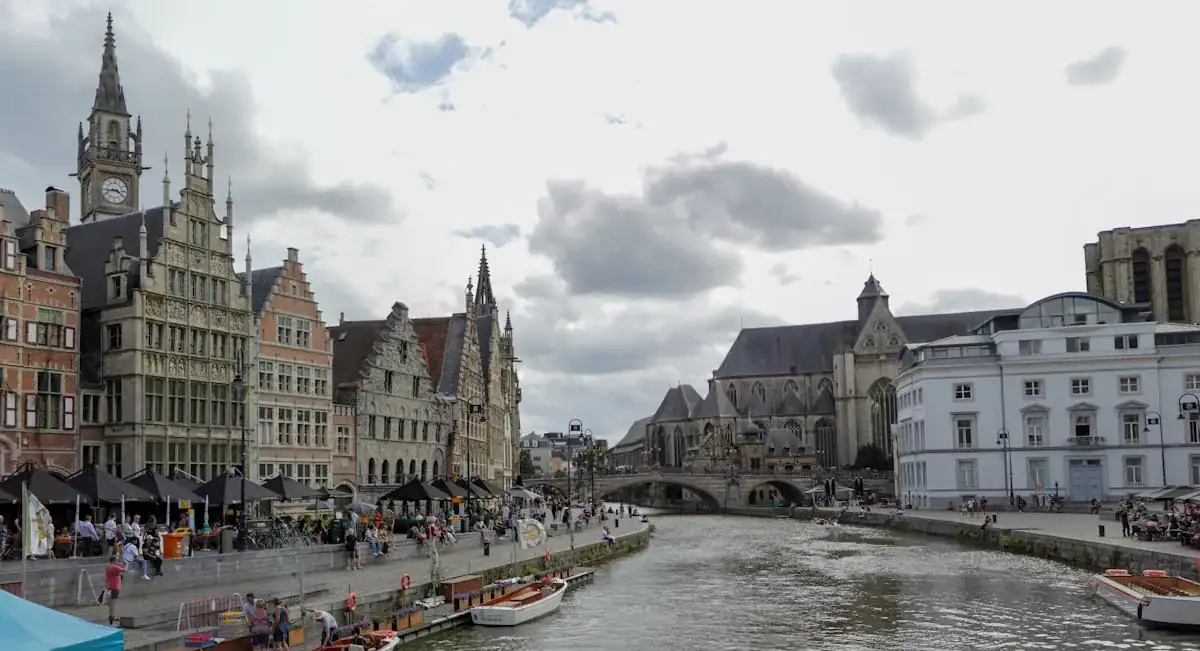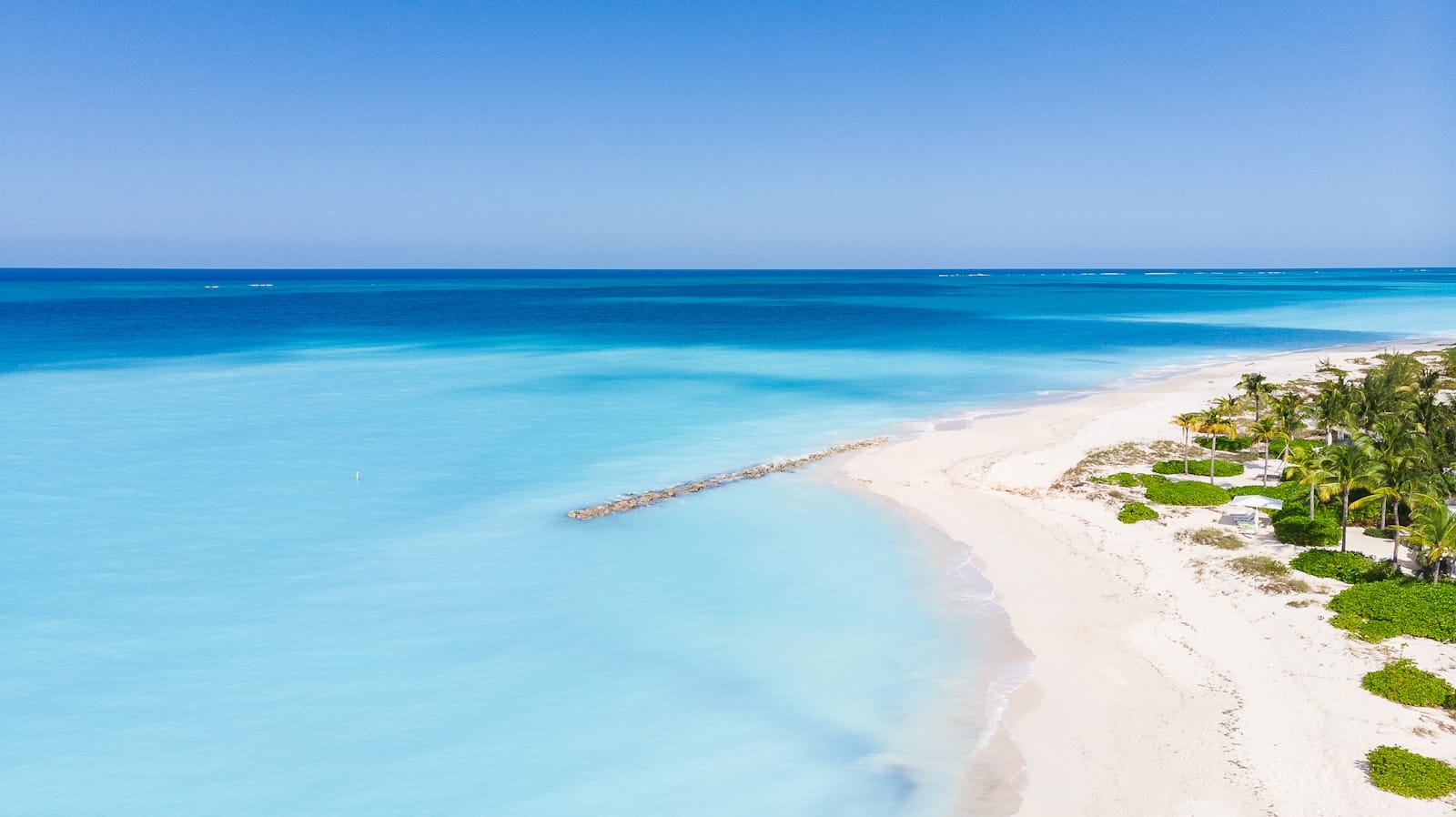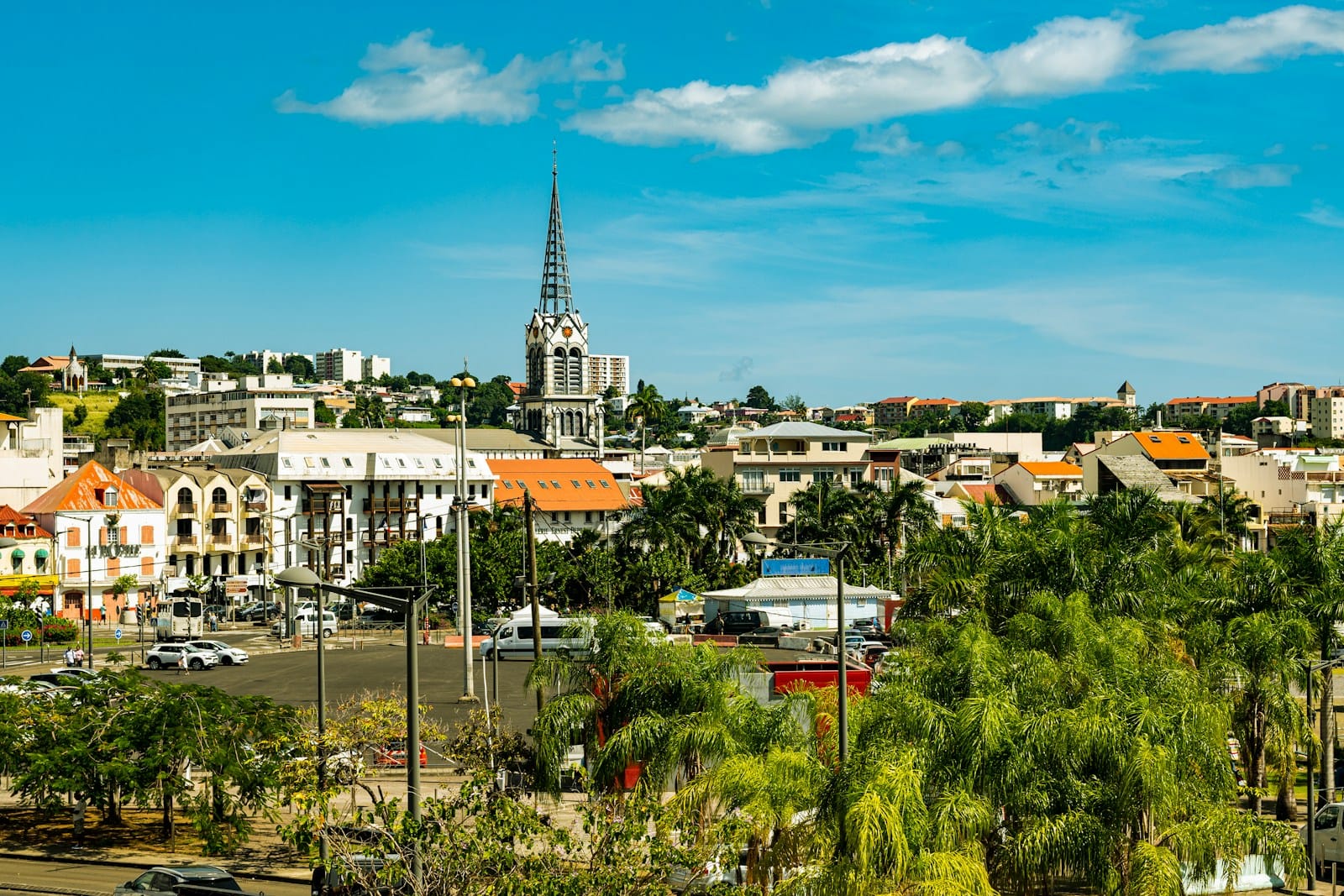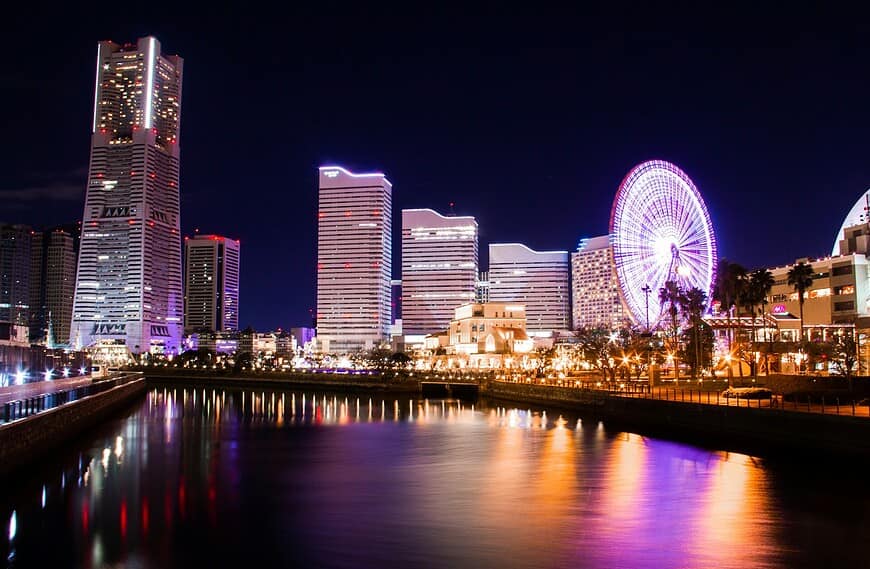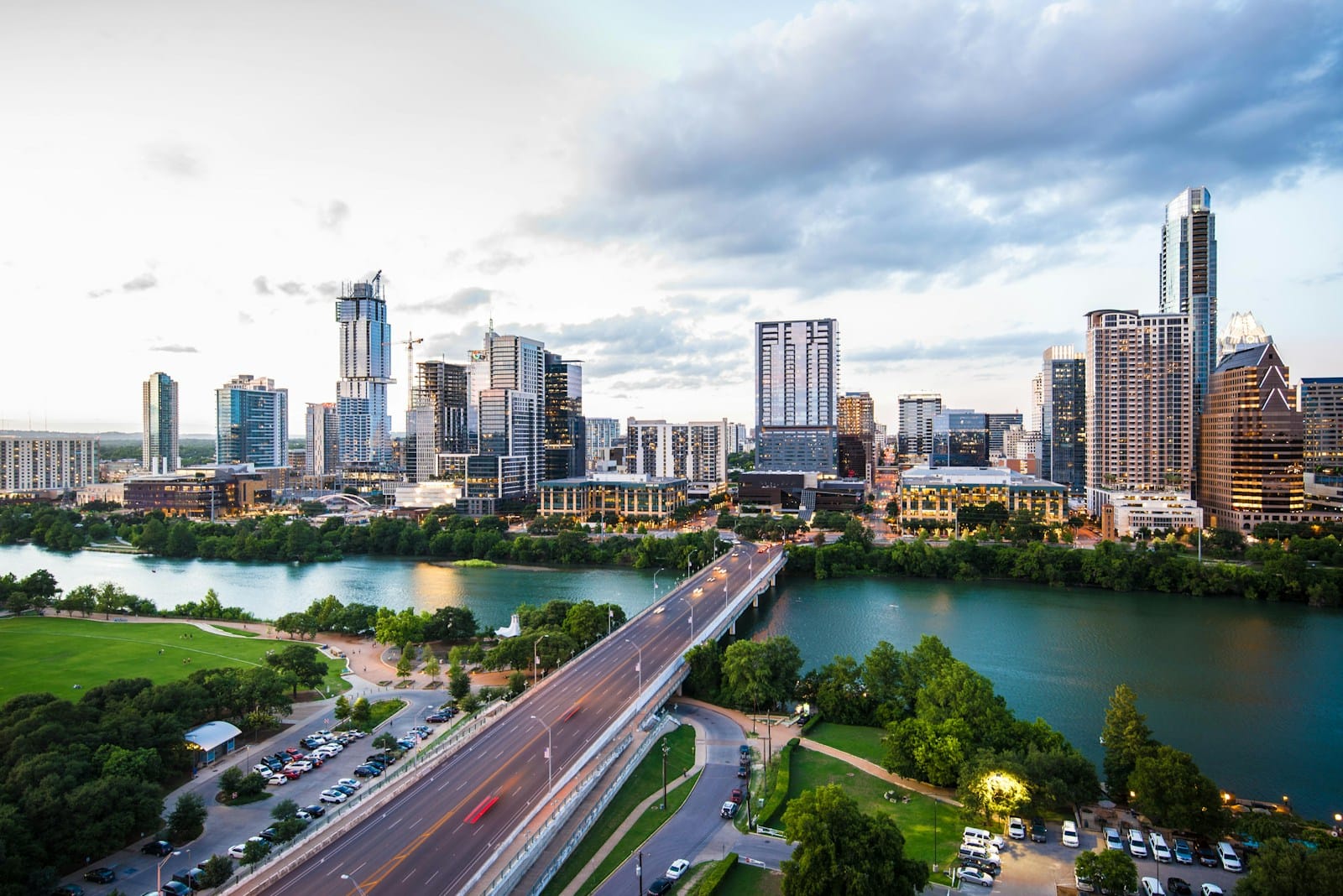Ghent Travel Guide: Canals, Castles & Culture
Intro to Ghent Travel Guide
Ghent is one of Belgium’s most enchanting cities, a place where Gothic spires rise over medieval canals, street art sprawls across hidden alleys, and the scent of fresh waffles mingles with hops from historic breweries. Unlike nearby Bruges or Brussels, Ghent feels lived-in, youthful, and unpretentious — a university town that balances history with creativity. Visitors discover that this city isn’t just about postcard-perfect views but also about the rhythms of everyday life: markets on cobblestones, bikes whirring over bridges, and vibrant festivals that last into the night. Start planning your journey with our Ghent Tour Guide — and discover how guided tours can bring the city’s stories, flavors, and hidden gems to life.
Nearby Places to Explore from Ghent
Antwerp | Bruges | Brussels | Kortrijk | Leuven | Mechelen | Ostend | Roeselare | Tournai
💡Quick Facts:
Destination: Ghent
Continent: Europe
Country: Belgium
State/Province: East Flanders (Flemish Region)
City: Ghent
Area: ~156 km²
Population: ~270,000 (metro ~600,000)
Density: ~1,700/km²
Capital of Province: Ghent (regional capital of East Flanders)
Regions/Subregions: Historic Center, Port of Ghent, Arts Quarter, University District.
Official Languages: Dutch (Flemish); French and English widely understood.
Currency: Euro (EUR)
Time Zone: CET (UTC+1), CEST (UTC+2 daylight savings)
Airports (nearest): Brussels Airport (BRU, 67 km), Antwerp Airport (ANR, 60 km), Brussels South Charleroi (CRL, 100 km).
Climate: Oceanic – mild summers, cool winters, frequent rainfall.
Known For: Medieval old town, Gravensteen Castle, St. Bavo’s Cathedral (Van Eyck’s “Adoration of the Mystic Lamb”), canals, university culture, Ghent Festival (Gentse Feesten).
🛂Arrival Info:
Visa: Belgium is in Schengen Area. EU/EEA/Swiss citizens – free entry. Many countries (US, Canada, UK, Australia, Japan) – 90 days visa-free. Others require Schengen visa.
Stay Limit: 90 days within 180-day Schengen period.
Portal: Belgium Immigration Office.
🏥Health Info:
Vaccines: Routine (MMR, DTP), Hepatitis A recommended; Hepatitis B and rabies for extended stays.
Hospitals: Universitair Ziekenhuis Gent (UZ Gent) – major teaching hospital, English spoken.
Risks: None significant; standard EU urban health environment.
Insurance: EU citizens may use EHIC/GHIC. Non-EU advised to carry full travel insurance.
🚑 Check travel insurance options for travel emergencies, delays, and medical needs abroad — Get coverage here
💉 Stay Informed with Official Updates: WHO – International Travel & Health | CDC – Travel health updates
🚨Travel Advisory:
Safety Level: Safe city, normal petty crime risks in tourist areas.
Concerns: Pickpocketing around train stations and trams.
Civil Rights: Inclusive, LGBTQ+ friendly.
Natural Hazards: Minimal – occasional winter storms, localized flooding.
🌍Track Real-Time Official Updates: US Travel Advisory | UK Foreign Travel Advice | Government of Canada | NZ SafeTravel
🥳Holidays:
New Year’s Day: Jan 1 – closures.
Easter Monday: Date varies – limited services.
Labor Day: May 1 – demonstrations possible.
Ascension Day: May/June – closures.
Belgian National Day: July 21 – events across the country.
All Saints’ Day: Nov 1 – closures.
Christmas: Dec 25 – closures, Christmas markets.
💰Visitor Info:
Currency Use: Cards widely accepted; contactless common.
Tipping: Not obligatory; rounding up appreciated.
Tourist Tax: City tax of ~€3–4 per person/night in accommodations.
Budget Range: €80–120/day (budget), €150–220 (mid-range), €250+ (luxury).
🛫Airports:
Brussels BRU: Nearest major international hub.
Antwerp ANR: Regional flights.
Charleroi CRL: Low-cost carriers.
Transport: Direct trains from Brussels Airport to Ghent (~1h).
🧳 Delayed or canceled flight? Check if you’re eligible for compensation
🚍Transport:
Local: Trams, buses by De Lijn; bike rentals common.
Intercity: Frequent trains to Brussels, Bruges, Antwerp.
Driving: Not recommended in old town (car-free zones).
Notes: Walking and cycling ideal for city center.
🚗 Book reliable airport transfers and in-city rides in advance. Reserve your ride here
🛰️Connectivity:
SIM/eSIM: Proximus, Orange, BASE – strong coverage.
Wi-Fi: Free hotspots in city squares, hotels, cafes.
Roaming: EU residents use domestic plans across EU.
🛜 Stay connected abroad with affordable eSIM data packs. Get your eSIM here
📜Laws & Etiquette:
Drinking Age: 16 for beer/wine, 18 for spirits.
Smoking: Banned indoors; permitted outdoors.
Dress: Casual; modest clothing in cathedrals.
Norms: Politeness and punctuality valued; Flemish identity respected.
Photography: Allowed in public spaces; restricted in art museums.
👮Emergency Info:
Emergency Numbers: 112 (all services), 101 (police).
Tourist Police: Available in city center.
Hospitals: UZ Gent – 24/7 emergency care.
🏛️ Use embassy locator tools: Embassies Worldwide
🌞Weather:
Spring (Mar–May): Mild, 10–17°C, flower blooms.
Summer (Jun–Aug): Warm, 20–25°C, peak festivals (Gentse Feesten in July).
Autumn (Sep–Nov): Cool, 10–15°C, rainy; art events.
Winter (Dec–Feb): Cold, 0–7°C, Christmas markets, damp conditions.
🌦️ Stay prepared—check the weather forecast for your destination — Weather Forecast
Ghent’s Neighborhoods and Major Destinations
Ghent is compact enough to explore on foot or by bike, yet each neighborhood reveals a distinct personality.
- Historic Center (Binnenstad). The heart of Ghent, home to Saint Bavo’s Cathedral, Gravensteen Castle, and the photogenic Graslei canal quay. This is where medieval architecture feels alive, and where most walking tours begin.
- Patershol. A maze of narrow cobbled lanes lined with old guild houses, now converted into gourmet restaurants and bars. Known as Ghent’s culinary quarter.
- Arts District. Surrounding the Museum of Fine Arts and STAM City Museum, this neighborhood mixes galleries, theaters, and cultural institutions with leafy parks.
- Student Quarter (Overpoort & Sint-Pietersnieuwstraat). Packed with cheap eats, coffee houses, and nightlife that rarely ends before dawn, this area pulses with Ghent’s youthful energy.
- Port of Ghent. Once purely industrial, the docklands now host breweries, event spaces, and contemporary art initiatives, reflecting the city’s forward-looking spirit.
How to Choose Where to Go in Ghent
Every traveler experiences Ghent differently. Your choices depend on interests, pace, and season:
- For history lovers, the medieval towers and cathedrals of the center will dominate your itinerary, especially with an in-depth guided castle or cathedral tour.
- For art enthusiasts, Ghent’s museums and street art scene offer a mix of Old Masters and edgy murals. Tours often combine both for contrast.
- For food travelers, Patershol and the Vrijdagmarkt area tempt with beer tastings, chocolate workshops, and Belgian comfort food.
- For festival seekers, Ghent comes alive in July with Gentse Feesten, one of Europe’s largest cultural festivals. Music, theater, and street performances transform the entire city.
- For slow travelers, canalside walks, bike rides along the River Leie, and quiet boat trips reveal a softer, more reflective side of the city.
Natural Escapes and Scenic Highlights
Though urban, Ghent offers easy access to green retreats.
- Coupure Canal. A favorite cycling and jogging path where locals lounge on grassy banks with picnics in summer.
- Citadelpark. Ghent’s largest inner-city park, combining leafy promenades with sculpture gardens and ponds.
- Blaarmeersen Recreation Area. Just outside the city, this sprawling park features a lake for swimming, sandy beaches, and sports facilities — ideal for families or active travelers.
- Leie River Banks. Scenic boat tours or leisurely bike rides lead to villages like Sint-Martens-Latem, known for its painter’s colony and galleries.
Cultural and Historic Landmarks
Ghent is a living museum of Flemish history and innovation.
- Gravensteen Castle. Built in the 12th century by Count Philip of Alsace, this imposing fortress offers panoramic city views from its towers and a grim but fascinating exhibit on medieval justice.
- Saint Bavo’s Cathedral. A Gothic masterpiece housing the world-famous Adoration of the Mystic Lamb altarpiece by the Van Eyck brothers. Guided tours bring the complex symbolism to life.
- Belfry of Ghent. A UNESCO-listed tower where climbing the steps rewards you with sweeping views of rooftops and canals. The carillon still chimes hourly.
- STAM Ghent City Museum. Combines medieval cloisters with modern design to narrate Ghent’s layered history, from textile hub to modern university city.
- Graffiti Street (Werregarenstraatje). Constantly changing, this alley is a canvas for local and international street artists. Tours often include hidden murals across the city.
Local Food, Arts, and Regional Experiences
Ghent’s cultural richness extends beyond monuments.
- Cuisine. Try waterzooi (a creamy fish or chicken stew), stoverij (beef and beer stew), and cuberdons (cone-shaped raspberry candies nicknamed “Ghent noses”).
- Markets. Vrijdagmarkt has centuries of history, while Sunday’s Kouter Flower Market offers a burst of color and music.
- Beer Culture. Breweries like Gruut and craft beer bars such as Dulle Griet showcase Ghent’s role in Belgium’s brewing legacy.
- Performing Arts. NTGent theater company stages innovative productions, and festivals like OdeGand blend classical music with modern performance.
- Everyday Arts. Students and young artists infuse the city with energy, from pop-up galleries to late-night concerts in hidden venues.
Must-See Experiences
To truly know Ghent, consider these unforgettable highlights:
- Climb the Ghent Belfry for sunset views over spires and canals.
- Take a canal boat tour past medieval quays, learning how Ghent thrived on trade.
- Join a beer and chocolate tasting tour, combining two of Belgium’s most beloved indulgences.
- Cycle along the Leie River to discover pastoral villages and Impressionist landscapes.
- Spend a night at Gentse Feesten, when the whole city becomes a stage of music, theater, and dance.
- Explore Patershol on a food tour, tasting Belgian classics in centuries-old houses.
- Step into Gravensteen after dark for a torchlit castle experience that feels out of time.
Book immersive Ghent tours and experience unforgettable things to do in Ghent — from canal boat rides and medieval castle tours to Belgian beer tastings and countryside cycling adventures.
Getting Around Ghent
Ghent is bike-friendly, walkable, and well-connected.
- Public Transit. Trams and buses run by De Lijn cover most routes, with tickets available via mobile apps.
- Cycling. Bike rentals and dockless share systems make cycling the easiest way to explore. Dedicated lanes run along canals and major streets.
- Walking. The historic center is largely car-free, making it ideal for pedestrians.
- Day Trips. Trains connect Ghent to Brussels, Antwerp, and Bruges in under an hour.
Best Time to Visit Ghent
- Spring (March–May). Mild weather, blooming parks, and fewer crowds make this ideal for canal walks and outdoor cafés.
- Summer (June–August). Festival season with long daylight hours, bustling squares, and lively terraces. Expect higher prices during Gentse Feesten.
- Autumn (September–November). Crisp air and golden foliage frame the canals. Art events dominate the calendar.
- Winter (December–February). Christmas markets, ice rinks, and cozy pubs bring warmth despite chilly weather.
Best Travel Itineraries in Ghent
3-Day Historic Explorer
Day 1: Tour Saint Bavo’s Cathedral + Ghent Belfry
Day 2: Explore Gravensteen + Patershol food tour
Day 3: Canal boat ride + STAM museum visit
5-Day Classic Ghent & Countryside
Day 1: Historic center walking tour
Day 2: Museum day in Arts District
Day 3: Cycling to Sint-Martens-Latem
Day 4: Blaarmeersen recreation + Citadelpark
Day 5: Gentse Feesten (if in July) or brewery tour
7-Day Immersive Culture Week
Day 1: Cathedral + Belfry + Graslei canal stroll
Day 2: Gravensteen guided visit
Day 3: Art museums + Graffiti Street
Day 4: Day trip to Bruges
Day 5: Food + beer tastings
Day 6: Cycling trip along the Leie
Day 7: Relaxing markets + Kouter Flower Market
Travel Safety and Cultural Etiquette
Ghent is considered very safe, but travelers should:
- Be mindful of pickpockets in busy festival crowds.
- Respect bike lanes — cyclists have priority.
- Try basic Dutch greetings (though English is widely spoken).
- Note that many shops close early on Sundays.
- Follow local recycling and eco-conscious habits, as sustainability is a civic priority.
Nearby Cities and Day Trips
- Bruges. A romantic canal city, just 30 minutes by train. [link to Bruges guide]
- Brussels. Belgium’s capital, known for art nouveau, comics, and political institutions. [link to Brussels guide]
- Antwerp. Fashion and diamond hub with a vibrant cultural scene. [link to Antwerp guide]
- Leuven. A lively university town with centuries-old breweries.
- Mechelen. A small city with a grand cathedral and carillon school.
Final Planning Checklist for Ghent
- Book accommodation near the historic center for easy walking access.
- Reserve tickets in advance for Saint Bavo’s Cathedral and Gravensteen.
- Pack layers — Belgium’s weather is famously unpredictable.
- Bring comfortable walking shoes and consider renting a bike.
- Download De Lijn app for easy public transit use.
- Check festival dates if visiting in summer.
- Keep some coins handy for market snacks and public restrooms.
Plan your Ghent trip with confidence — this city rewards slow exploration, surprising discoveries, and a taste for both history and modern creativity.

